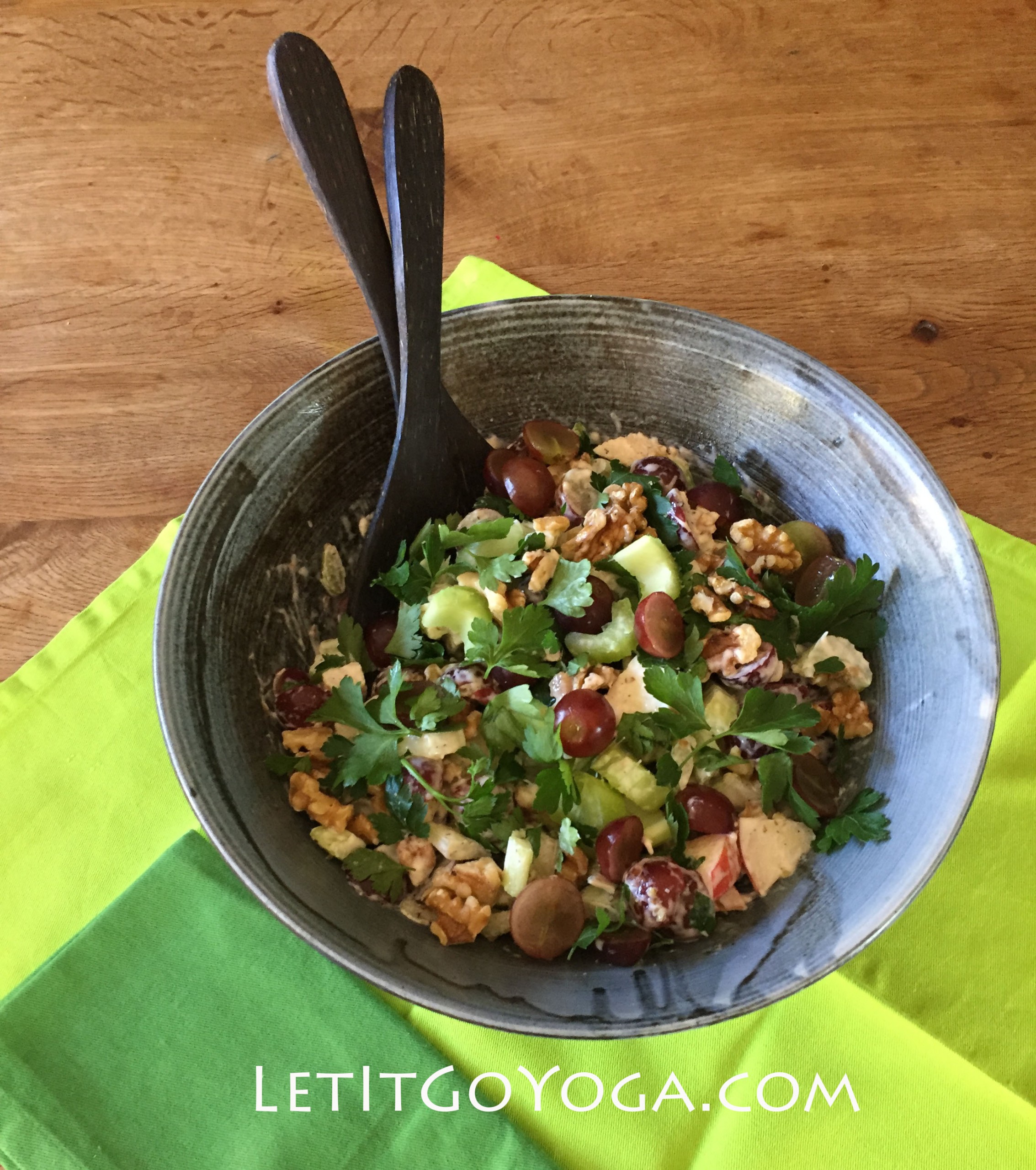“If you want to be/stay healthy, if you want to lose weight, if you want to eat foods with low glycemic index, if you want to add micronutrients and antioxidants and vitamins, and if you want to… “, the list of “ifs” is long and it seems like the answer to most of them is: eat your CELERY!
Celery contains high levels of vitamin K and good amounts of vitamin A, vitamins B-2 and B-6, and vitamin C. It also contains: folate, potassium. Manganese, pantothenic acid (also known as vitamin B-5) and dietary fiber. And it contains a lot of water, read : it will flush out unnecessary fluids and toxins, as it acts as the diuretic. (Well-intended advice here: no overdoing on celery when close to hitting the sack, unless you enjoy your midnight walks to the bathroom!)
It is a known fact that celery contains less calories than it takes the body to digest them, hence celery is one of the negative calorie foods. It’s been long recommended as a healthy snack option for people with diabetes. When it comes to health benefits, celery is pretty much a miracle food – the absolute winner! Loaded with fiber, quick and easy to digest, containing many vitamins and helping to balance potassium and sodium levels while reducing inflammation in the body. It is said to clear acne, eczema and psoriasis. And if you struggle with gas, constipation, indigestion and/or bloating, celery is definitely meant for you! And, even when steamed, celery retains most of its nutrients! Usually and typically celery is associated with weight loss. However, it is important to know that it also contributes to the heart and blood vessel health, which has a trickle down effect of keeping the blood pressure in check.
The direct ancestors of Pascal celery (which is the one, most likely, to be found in our supermarkets and farmers’ markets today) were cultivated in parts of Europe and the Mediterranean as early as 1000 BC, and there is evidence that celery was used as a medicinal plant in ancient Egypt. There’s also evidence that ancient Greek athletes were awarded celery leaves to commemorate their winning. (Upon learning this, I could not help but wonder: what plants/leaves did they give to losers then?)
Today California, Michigan and Florida produce about 80% of all celery “found” in the USA. And (if we believe the numbers we find by googling) we export about 200 million pounds of celery to Canada each year and get many, many more pounds of the pale green wonder into our country from Mexico.
In our household celery is often appreciated on its own or with dips and hummus, and also in soups and stews. However … (drumroll!) the winners’ celery leaves go to (if we follow the ancient Greek tradition!) to the celery used in the Waldorf salad.
Wikipedia says (wait – did we agree to believe the googling or not?)
that: “Waldorf salad is named for the Waldorf-Astoria hotel in New York City, where it was first created for a charity ball given in honor of the St. Mary’s Hospital for Children on March 14, 1896. The Waldorf-Astoria’s maî·tre d’hô·tel, Oscar Tschirky, developed or inspired many of the hotel’s signature dishes and is widely credited with creating the salad recipe. In 1896, the salad appeared in The Cook Book by “Oscar of the Waldorf”.
Apparently, the original recipe was just apples, celery and mayonnaise. Over the years it has grown and been updated with many ingredients : adding chicken, chopped walnuts, yogurt (in addition to or instead of the mayo), grapes (different colors), raisins, sometimes… blue cheese, turkey, other dried fruit, zest of oranges and/or lemons… While I was pondering on the celery theme, I took a picture of my own Waldorf Salad version and, as you can clearly see in the photo attached, there are cubed/diced apples in it. Then I came across this on-line apology in one of the numerous articles about the Waldorf salad: “An earlier version of this article and an accompanying picture caption misstated the cut of apple in the original Waldorf salad. It is sliced apple, not diced.”
Guess I will have to apologise, too, as my apples were diced, so, alas, my Waldorf salad can not be called “a proper” Waldorf salad. Nevertheless, it is wonderful! And 124 years later – still – thank you, Mr. Oscar Tschirky!
… and/but most of all – thank you, Celery – there is a real freedom that comes with being able to cube/dice/cut you the way I want it, as well as steam, cook, dip etc. the way I want it, knowing that you still retain the nutrients (mostly) and I do not need to issue an apology – so, the final celery leaves (given to the winning athletes in ancient Greece) go to the celery!
My final answer: yes, you, Celery, are the best of all!
Written by Indra Strong, Certified Let It Go Yoga teacher.
Want to know more about Let It Go Yoga? Start here with our Diaphragmatic Breathing Video!



Thanks for the useful advice.
Thank you and I will try in these days! Please more for good recipes! 🙂